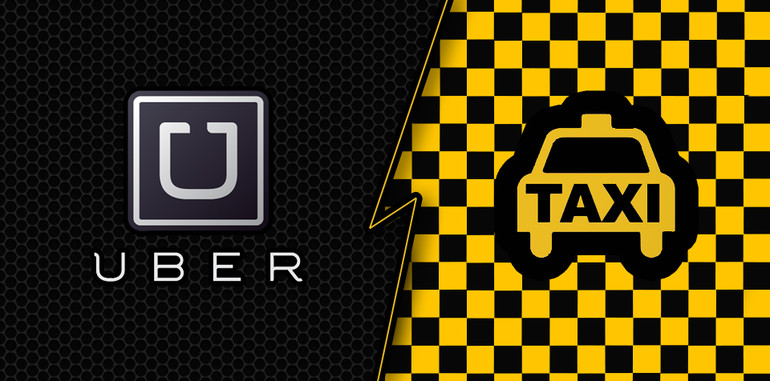
This is a response to Data Team’s external blog: “Substitutes or Complements”
Uber is a transportation network company launched in 2010 with an annual revenue in 2015 of 1.5 billion USD (About Uber, 2016). When an innovation takes place there is always an unintended risk that it may be a disruptive innovation which in turn will reshape forces making up the existing industry. An example of such an innovation is Uber.
The Data Team of the economist blog stated that Uber was supposed to fill the gap created due to an underserved market thus being a complement to taxis however, it is proven throughout the article that Uber appears to be more of a substitute. This difference led to major changes in the taxi industry and the strategic edge which it possessed.
The Taxi industry is an industry with various competitors including public transportation, privately owned cars, bicycles and many other forms of transportations. However, Taxis were successful as several of Porter’s Five Forces of Industry Attractiveness were in their favor. Originally the threats of new entrants were low, as there were high costs and risks with starting a taxi company, especially due to the rapid amortization of capital, cars. Furthermore, while substitutes were present, the taxi industry had a competitive advantage by offering the highest degree of comfort and convenience to its customers.
However, the creation of Uber, created a dangerous threat to the taxi industry. As stated in the blog a 30% crash in medallion prices were primarily caused by the lack of customers and high fixed costs in the taxi industry. Uber was able to disrupt the industry by overcoming the high costs of entering. Uber just provided the software and the license while the high costs were passed onto the drivers. In addition, Uber was able to gain a piece of the consumer’s mind and be on a par with taxis in terms of comfort and convenience offered, thus positioning their brand effectively according to the Positioning Theory developed by Jack Trout and Al Ries. Consequently, by altering Porter’s Five Forces, Uber was able to overthrow the strategic edge of the taxi industry. However, in this battle that has been created between taxis and Uber, the administration of many cities protect the taxi industry. The scholarly article the “Social Costs of Uber” discusses in great detail the reason for the protection of taxis and the ethics associated.
Industries are continuously reshaped through innovations and advancements. However, the degree of the change depends on the response of the existing firms in the industry as well as external stakeholders such as the government. While I believe that the involvement of external stakeholders may hinder the rate of development it is still important that an organization overlooks the economy and assures equity.
Taxi or Uber? Your choice may contribute to the writing of history
Word Count: 449
Works Cited
About Uber. (2016). Retrieved from Uber: https://www.uber.com/en-CA/?exp=hp-c
Rogers, B. (2015). The Social Costs of Uber. Retrieved from Law Review: https://lawreview.uchicago.edu/page/social-costs-uber